2022 Jeep Wagoneer First Drive - Luxury Light

The differences between the 2022 Jeep Grand Wagoneer and the 2022 Jeep Wagoneer aren’t many.
The latter has a smaller-displacement V8, less power, an available 4×2 drive train, a cheaper price tag, and isn’t quite as deluxe. But it’s still upscale – just not quite as much as the SUV with Grand as part of the moniker.
That means the overall experience of driving the Wagoneer isn’t too different from the Grand Wagoneer, yet there are still some noticeable variations.
(Full disclosure: Jeep flew me to New York City, put me in two nice hotels, and fed me so that I could drive the Wagoneer and Grand Wagoneer. They offered a hat, which I did not take.)
For starters, the Wagoneer has a 5.7-liter V8 with a mild-hybrid setup making 392 horsepower and 404 lb-ft of torque. The engine pairs to an eight-speed automatic transmission and the Wagoneer is available in 4×2 or 4×4 setups. Four-wheel-drive Wagoneers are available with a single-speed Quadra-Trac I transfer case, a two-speed Quadra-Trac II two-speed transfer case that includes hill-descent control, or a Quadra-Drive II transfer case that includes an electronically-controlled limited-slip rear differential and hill-descent control.
The biggest on-road difference is that the Wagoneer felt slightly more spry than its more well-heeled brother. The difference isn’t huge, but it’s noticeable. The Wagoneer isn’t much lighter than the Grand, but it did feel just a tad more responsive in corners, both in Sport mode and not.
It doesn’t necessarily feel much quicker, though. It’s only a couple hundred pounds lighter and the 5.7 has less grunt than the 6.4. Like the Grand, acceleration is acceptable for the size but not barn burning.
Ride quality isn’t sacrificed, at least. The Grand Wagoneer’s air suspension is available on the Wagoneer, and my tester had it. Those who don’t opt for it get a short- and long-arm independent suspension with hybrid steel composite upper control arm and aluminum lower control arm and coil springs with monotube shocks up front and a five-link independent suspension with coil springs and monotube load-leveling shocks in the rear.
Like the Grand Wagoneer, the Wagoneer is a comfortable freeway cruiser. Also like its more luxurious sibling, it’s a bit better at cornering than one would expect, though it’s still obviously a big, boxy SUV meant to haul three rows of humans.
Its styling is similarly polarizing, though the reduction of chrome in the grille of the Wagoneer will be pleasing to some. The cabin is a bit drabber and the instrument panel here is one piece as opposed to two, but you still get the customizable gauge cluster and Jeep’s excellent Uconnect infotainment. The passenger infotainment screen is available as an option on the regular Wagoneer.
I found the rear-seat space to be a tad tighter than in the Grand Wagoneer, though the spec sheet shows that the third-row legroom is the same for both vehicles. Access remained easy.
Jeep gave us the chance to do some light off-roading/rock crawling in the Wagoneer, and while it’s far from a Wrangler, or even a Trailhawk Cherokee, it can do some minor off-pavement work without much trouble.
There are three trims available – Series I, Series II, and Series III. For now, you can only get a II or III, as the I is late availability.
Standard features on the Series II 4×4 I drove included remote start, adaptive cruise control, with Stop and Go, active lane management, blind-spot and rear cross-path detection, hill start assist, rearview camera, park assist, pedestrian emergency braking, power-adjustable pedals with memory, rain-sensing wipers, Uconnect with navigation, Apple CarPlay, Android Auto, 10.25-inch infotainment screen, Alpine audio, wireless charger, heated front seats, heated steering wheel, cooled front seats, and tri-zone climate control. That was for $70,995.
Options included a Convenience package that ran $3,995 and included a head-up display, 360-degree camera, second-row window shades, drowsy driver detection, parallel and perpendicular park assist, intersection collision assist system, traffic-sign recognition, semi-active damping, automatic high beams, heated second-row seats, and the air suspension. A towing package added a 3.92 rear-axle ratio, electronically controlled limited-slip rear differential, trailer brake control, two-speed transfer case, heavy-duty engine cooling, and electronic goodies to make hooking up a trailer easier. That ran $1,495.
The $2,995 Premium Group package closed it out with a reversible cargo mat, foldable cargo shade, adjustable roof-rail crossbars, three-pane panoramic sunroof, and 22-inch wheels. With the $2,000(!) destination fee, the total came to $81,480.
Fuel economy is listed at 16/22/18 with two-wheel drive and 15/20/17 with 4WD.
One thing I forgot to mention in the Grand Wagoneer writeup is that Jeep is including what it calls Wagoneer Client Services as standard. That includes five years of maintenance, 24/7 concierge and roadside support, vehicle pickup and delivery for service, and service loaners. The kinds of services that luxury brands have provided for a long time.
The Wagoneer isn’t super fun on-road, but it’s a bit frisky for its size, and it eats miles with ease. It also has some minor off-road ability, thanks to the Jeep branding. It’s nice enough inside, and nice enough overall to compete, though like with the Grand Wagoneer some of the interior materials feel a little downmarket.
It’s a bit more responsive on-road than the Grand without sacrificing ride quality.
Its looks will be off-putting to some, especially aft of the rear doors. That doesn’t matter from the driver’s seat while cruising the highway with ease.
Cadillac offers more style, so does Lincoln. But Jeep has an otherwise solid new entry to the upscale/luxo-barge class.
The Grand Wagoneer will be more “special”, with pricing to match. But the Wagoneer offers most of the comfort at a lower price and lighter curb weight. If this Jeep duo tickles your particular fancy, you’re probably best served by the Wagoneer, unless you simply must have all the bells and whistles.
Let those highway miles fly by.
[Images © 2021 Tim Healey/TTAC]

Tim Healey grew up around the auto-parts business and has always had a love for cars — his parents joke his first word was “‘Vette”. Despite this, he wanted to pursue a career in sports writing but he ended up falling semi-accidentally into the automotive-journalism industry, first at Consumer Guide Automotive and later at Web2Carz.com. He also worked as an industry analyst at Mintel Group and freelanced for About.com, CarFax, Vehix.com, High Gear Media, Torque News, FutureCar.com, Cars.com, among others, and of course Vertical Scope sites such as AutoGuide.com, Off-Road.com, and HybridCars.com. He’s an urbanite and as such, doesn’t need a daily driver, but if he had one, it would be compact, sporty, and have a manual transmission.
More by Tim Healey
Latest Car Reviews
Read moreLatest Product Reviews
Read moreRecent Comments
- Haran Spot-on review of the Mercedes-AMG GT’s price adjustments and new features! For those intrigued by the all-wheel drive and enhanced features of the latest model, you can delve deeper with the complete operator's manual available here: https://chatwithmanuals.com/automobiles/mercedes-amg-gt-operators-manual-edition-c2020/. It’s a fantastic resource for understanding all the specs and new additions without getting bogged down by the complexity typically associated with car manuals. Chat with the manual using AI to quickly find exactly what you need to know about this sporty beast. Perfect for those who appreciate detailed insights on their luxury investments!
- Flashindapan Beautiful color combinations. I assumed they stop selling the TT here at least five or six years ago.
- Carson D Just don't be the whistleblower who reports on the falsification of safety data. That's a deadly profession.
- Carson D I'd have responded sooner, but my computer locked up and I had to reboot it.
- Todd In Canada Mazda has a 3 year bumper to bumper & 5 year unlimited mileage drivetrain warranty. Mazdas are a DIY dream of high school auto mechanics 101 easy to work on reliable simplicity. IMO the Mazda is way better looking.























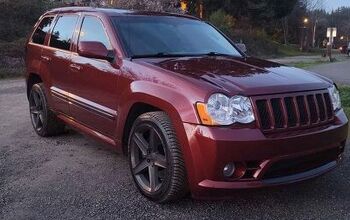


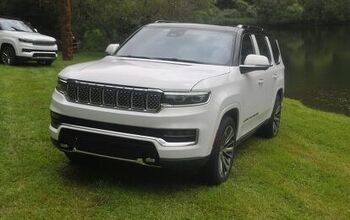
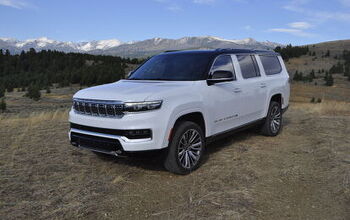
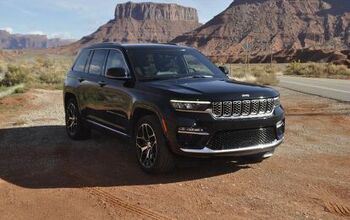
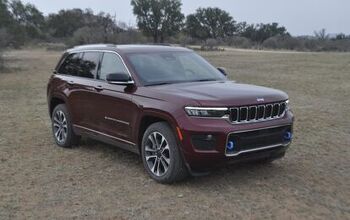
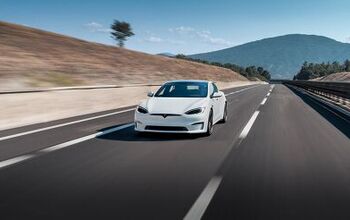
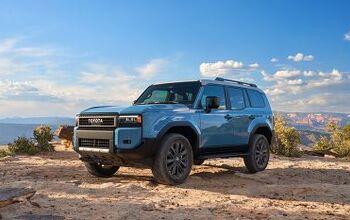

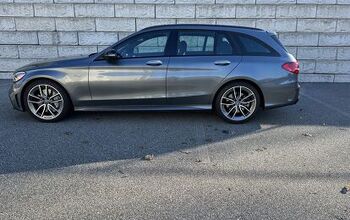
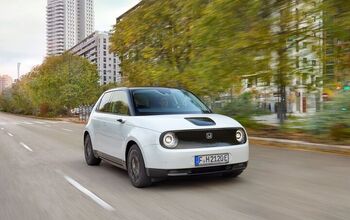

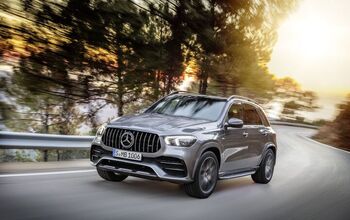
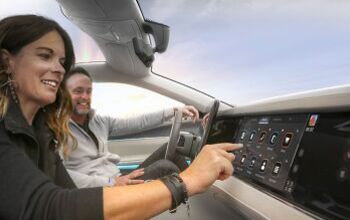
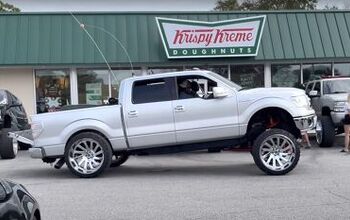
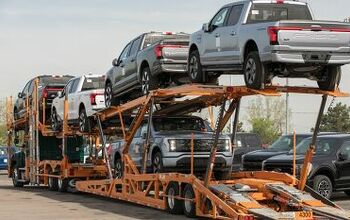
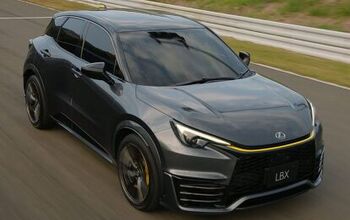
Comments
Join the conversation
Ummm.... regardless of how it drives, etc. It sure doesn't look like a 70 grand plus SUV. Particularly in stark white, the badge may as well say Maytag. A M-B GLS450 or BMW X7 is about 6k more but looks like it's 20 grand more. The Yukon Denali is also a more attractive package for about 2k more base than the Jeep, and can be had with the 3.0L Turbo Diesel. I'm sure these will sell well, all SUVs do these days. But it's no game changer and breaks no new ground. So why did it take Jeep so long to enter this segment?
Why all the ugly? The last-gen GM ute's hit the style sweet spot. Kudo's to the new Navigator and Aviator too. The new GM Tahoe, Suburban, Yukon, not so much Escalade, are not as good-looking as the last-gen. The side profile gave up the taught chiseled square jaw look for the sake of change. Not better, just different. Jeep missed an opportunity to take the styling crown. At least the rest of the platform seems decent if a bit on the heavy side. So many vehicles prove you can have an enormously strong shell without all the weight.